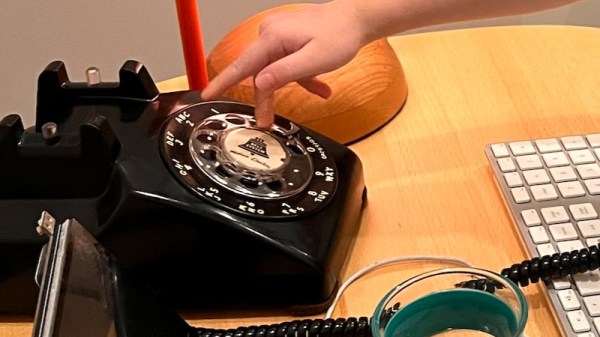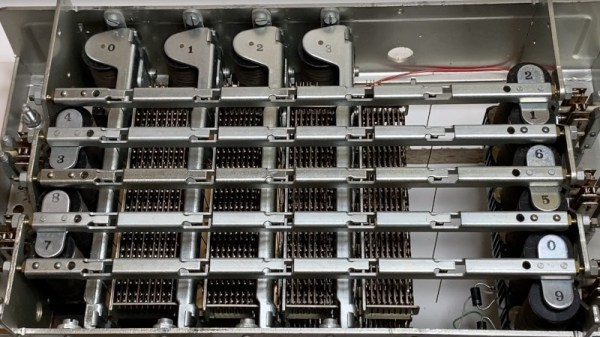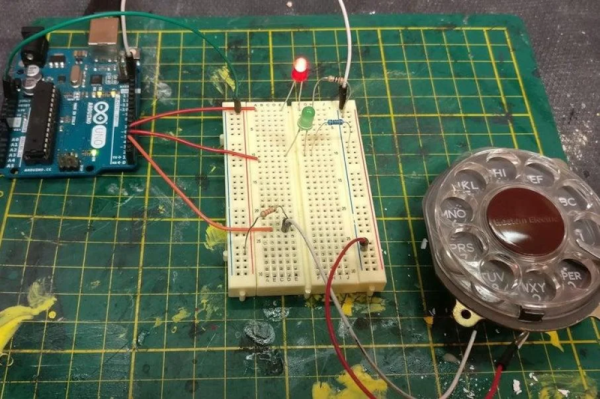It’s fair to say that there can’t be many developers who have found the need for a rotary telephone dial as a peripheral for their Linux computer, but in case you are among them you might find [Stefan Wiehler]’s kernel driver for rotary dials to be of use.
It’s aimed at platforms such as systems-on-chip that have ready access to extra GPIOs, of which it will need a couple to service the BUSY and PULSE lines. There are full set-up instructions, and once it’s in place and configured it presents the dial as though it were a number pad.
We like this project, in fact we like it a lot. Interfacing with a dial is always something we’ve done with a microcontroller though, so it will be interesting to see whether it finds a use beyond merely curiosity. We can already see a generation of old-school dial IP phones using Linux-capable dev boards. He leaves us with a brief not as to whether Linus Torvalds would see it as worthy of mainline inclusion, and sadly however much we want things to be different, we agree that it might be wishful thinking.
If you’d like to use a dial phone, there can be simpler ways to do it.
Header: Billy Brown, CC BY 2.0 .


















